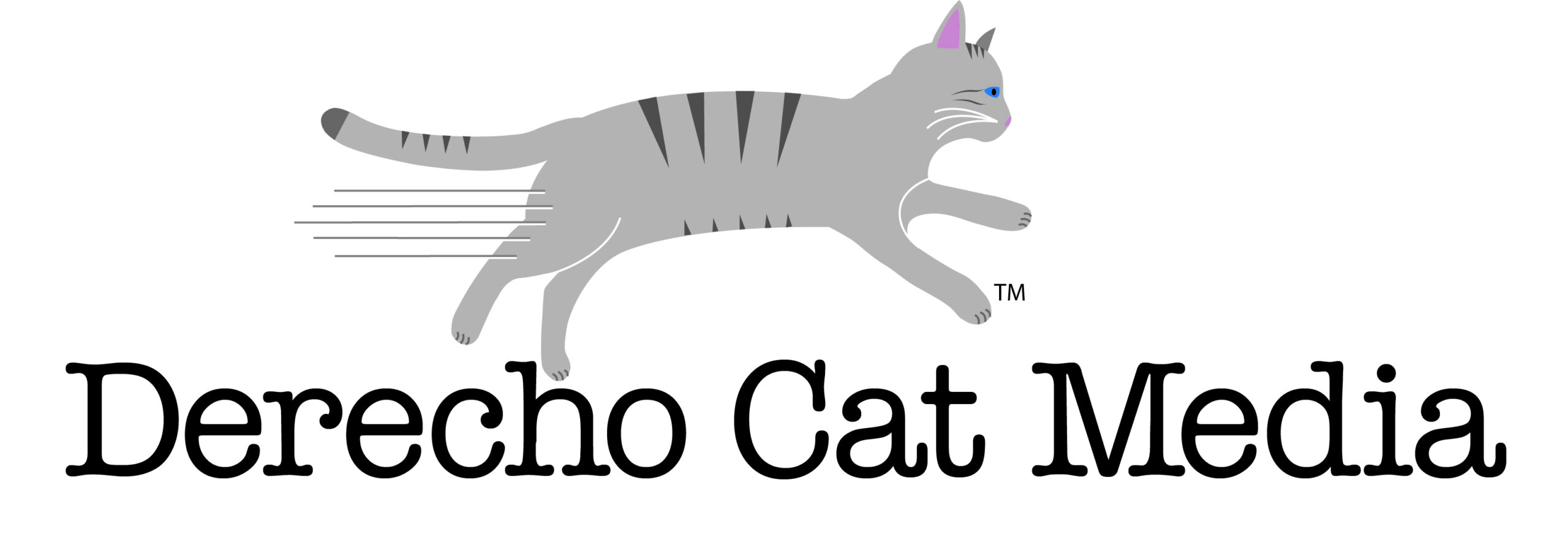Winston Churchill once stated, “Failing to plan is planning to fail.” For organizations, that sentiment is more than just a trite suggestion. Following the right process for designing and implementing a strategic communication plan is a make or break issue when attempting to reach a target audience with the intended results. It’s a lot like highlighting stopping points on a map that made family road trips a fun way to reach the ultimate destination. This article examines five mile markers that make for a productive plan.
Problem Identification
Before you start to tackle a problem, you need to know what it is. That means clearly articulating the central issue you need to address. Maybe people are not aware of your organization or do not have adequate or correct knowledge. Those are cognitive concerns. Another problem might be how people feel (affective) about your organization. However, if people are aware of your organization and have positive attitudes about it, the primary issue might be behavioral. An example might be a lack of volunteers or donations.
Target Audience
I recently wrote about demographic and psychographic assessment of your target, so I will keep this section brief. The point here is to determine which public you want to reach. Ensure they match your mission, and are individuals that are most likely to connect and relate to your organization. It is crucial to know as much as you can about these people, including their values, experiences, and motivations in life.
Objectives
This step ensures the problem you listed earlier has a specific outcome. Objectives should have three basic characteristics. First is to start the sentence with an infinitive – “To do…” For example, one objective might be “To add 20 donors each month.” Second, be sure the objective is measurable, just like the inclusion of 20 donors in the previous example. Just about anything can be measured, such as using surveys to assess increase in awareness of an organization. Finally, include a deadline for reaching the objective. To complete the example, your objective might be, “To add 20 donors each month by July 2018.” That type of wording removes a lot of guessing about whether the need was met when it comes time to evaluate your plan.
Tactics
Starting a plan by thinking about tactics sounds like a great idea. It’s tempting when organizations have communication needs to brainstorm exciting ways to reach their audiences. The risk with that approach is using tools that are not appropriate for the problem or audience. One of my professors in graduate school cautioned us students about using a sledge hammer (complex statistical tests) when a regular hammer (basic statistics) would suffice for quantitative analysis. The same is true for tactics. Based on your findings of the previous three steps in this article, select the best communication vehicles to convey your central message, to the target audience and with the desired objectives. In addition, the tactics you select are determined by your budget and schedule.
Evaluation
The final step in strategic communication is evaluating the effectiveness of the plan. It’s where you connect the objectives you established earlier with the outcomes of the tactics for the target public. How well did your plan address and help to resolve the problem you initially identified? Better yet, don’t wait until the end of a campaign for evaluations. Establish points during the time period you scheduled for the plan to check on progress. That will allow you to make adjustments as needed. Of course, assessing the plan at its conclusion is crucial for the overall strategy.
These steps do not work alone in strategic communication planning, but they will get your organization on the right road. There are other details that need attention, such as budgeting, personnel resources, messaging, and creative tactics. Those topics will be covered in future articles.
